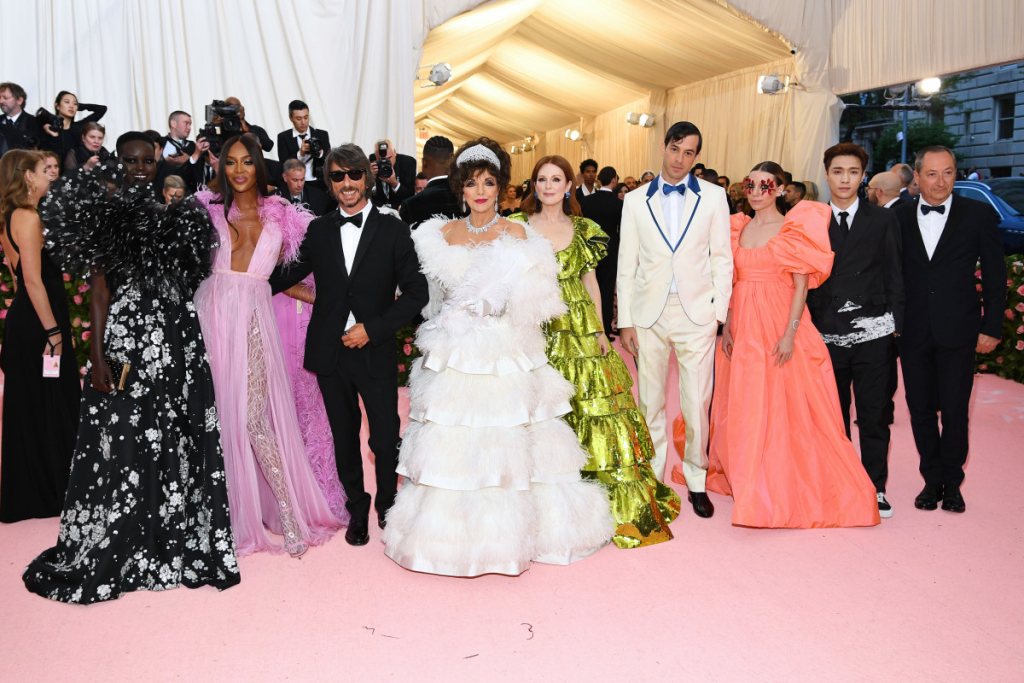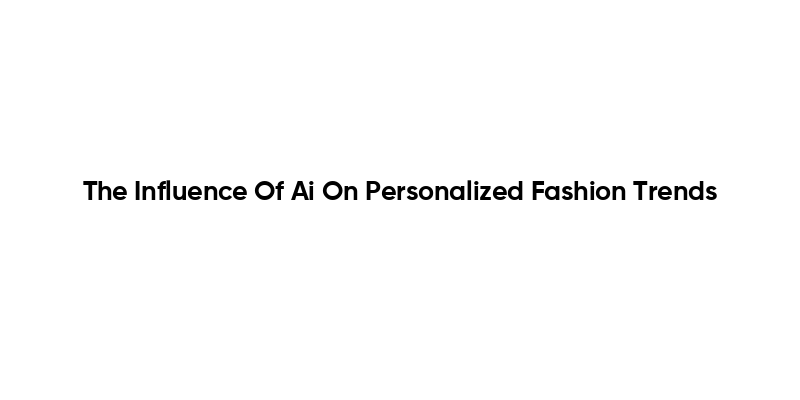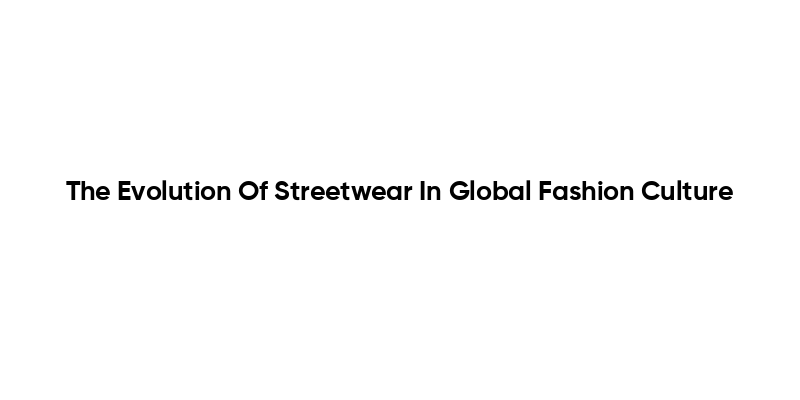Met Gala diversity takes center stage this year as the iconic event prompts discussions about fashion politics and representation in the industry. With a focus on Black designers and the exhibition “Superfine: Tailoring Black Style,” the gala aims to bring attention to the often overlooked narratives of Black creativity within fashion. As the red carpet showcases daring sartorial choices from a mix of luminaries, it simultaneously challenges the political tensions that exist in today’s America. Vogue has a unique opportunity to highlight the role of diversity in fashion, emphasizing the importance of inclusivity amid societal shifts. The themes explored at this year’s Costume Institute exhibits resonate deeply, encouraging a broader conversation about how fashion can influence cultural discourse and celebrate underrepresented voices.
The upcoming Met Gala serves as a pivotal moment to reflect on inclusion in haute couture, and its potential to reshape perceptions of style in the context of contemporary challenges. This prestigious gathering, intertwined with the essence of fashion and artistic expression, allows top designers and celebrities to converge under a shared mission of advocating for diversity in style. Focusing on themes that delve into gender, race, and the depiction of marginalized identities, the event’s narrative transcends mere entertainment, intertwining directly with ongoing dialogues about representation in the arts. As the Costume Institute prepares to unveil a collection that spotlights Black beauty and self-representation, it also fosters crucial discussions about the evolution of modern fashion practices. Thus, the Met Gala not only thrives on its glitzy exterior but also serves as a platform for transformation and discourse within the fashion realm.
The Intersection of Fashion and Politics at the Met Gala
The Met Gala has famously served as a platform where fashion and politics converge, creating a visual dialogue that is particularly poignant in current times. Hosting the event in the shadow of a politically charged atmosphere highlights the deeper implications of sartorial choices made by attendees. Every year, celebrities utilize their fashion statements to express personal and collective identities, particularly in relation to the prevailing socio-political climate. The red carpet, therefore, transforms into more than just a walkway for glamorous attire; it becomes a stage for protest, expression, and commentary on societal issues.
As political tensions rise, the decisions made by attendees become increasingly under scrutiny. With themes like ‘diversity in fashion’ gaining traction, the Met Gala prompts celebrities and designers alike to reflect their values through their wardrobe choices. The potent combination of classic high fashion and the urgency of political commentary distinguishes the gala from merely being a social gathering, suggesting that attendees play a role in shaping cultural narratives and conversations around issues such as race and gender.
Celebrating Diversity in Fashion: The Role of Black Designers
As the Met Gala approaches, the spotlight increasingly falls on Black designers and their representation within the industry. The 2023 exhibition’s theme, centered around showcasing Black creativity through the lens of dandyism and tailored styles, aims to address historical underrepresentation in mainstream fashion. By featuring designers critically acclaimed for their contributions, the event not only elevates diverse voices but also challenges the industry’s often-monolithic perspective. The inclusion of celebrated Black designers foreshadows a greater commitment to diversity in fashion and the breaking down of long-standing barriers.
Moreover, the emphasis on Black designers at the gala resonates deeply with ongoing conversations about equity in fashion. Guests are expected to pay homage to this culture in their fashion choices, fostering a sense of responsibility among white stylists to honor the artistry while navigating the complexities of representation. The hope is that the visibility provided by the Met Gala will facilitate meaningful dialogues and inspire future collaborations that embrace and uplift Black artistry, allowing for a richer, more inclusive trajectory for the fashion industry.
Vogue’s Stance on Diversity and Inclusion
Vogue’s pivotal role in promoting diversity within the Met Gala cannot be overstated. Anna Wintour, the magazine’s influence extends beyond editorial policies; she shapes the very landscape of fashion through initiatives that uplift underrepresented communities. By curating a guest list that reflects a diverse array of viewpoints, Wintour emphasizes the necessity of inclusion within a traditionally exclusive sphere. Events like the Met Gala serve as barometers for change within the industry, propelling conversations on how fashion can be a vehicle for social responsibility.
The imperative of diversity in attending guests further underscores Vogue’s commitment to addressing inequalities within the fashion realm. By inviting figures from various backgrounds, including politicians like Congresswoman Alexandria Ocasio-Cortez, the gala stimulates discourse on how fashion intertwines with activism. This year, Wintour’s leadership encourages a celebratory atmosphere that embraces varied identities, lending itself to a renewed narrative that could redefine the fashion industry’s approach in the politically heavy backdrop of Trump’s America.
Highlighting Underrepresented Voices in Costume Institute Exhibitions
The Costume Institute’s exhibition, “Superfine: Tailoring Black Style,” opens a crucial dialogue around the narratives of Black men in fashion, bringing overdue attention to their creative expressions. By spotlighting themes of dandyism and race, the exhibition acts as a counter-narrative to the historical exclusion of Black artistry from museums and cultural institutions. It illustrates how fashion becomes a metaphor for self-identity, allowing Black individuals to communicate their stories and experiences through tailored styles.
This initiative not only elevates Black designers but also enriches the understanding of fashion as a cultural construct. The exhibition challenges viewers to recognize the layers within clothing choices – examining masculinity, race, and societal expectations. The gala serves as a launchpad to elevate these discussions, fostering a more nuanced appreciation for the artistry and craftsmanship of Black designers. It promises to reshape perceptions in both the fashion community and society at large.
Anticipation for Iconic Red Carpet Looks
As the Met Gala draws closer, speculation surrounding the red carpet arrivals intensifies. Known for their fearless fashion choices, celebrities like Rihanna and A$AP Rocky are anticipated to push the boundaries of traditional gala attire, reflecting not only personal styles but also the larger themes of the event. With a dress code encouraging bespoke fashion, guests are poised to make bold statements that resonate with calls for diversity in fashion and representation of Black culture.
However, this anticipation extends beyond star-studded appearances; it conveys the broader cultural significance of choosing outfits that celebrate diversity. The intersections of celebrity, fashion, and political commentary captured at the Met Gala elevate its significance within the larger narrative of how society engages with inclusivity and identity. Thus, each gown and suit becomes a reflection of not just personal taste but also a reiteration of social values that challenge normative representations within the fashion realm.
Fashion as a Reflection of Cultural Shifts
The Met Gala acts as a mirror to societal changes, illustrating how fashion contributes to cultural shifts concerning identity and diversity. This year’s exhibition and guest roster represent an evolving landscape where traditional fashion narratives are questioned and redefined. In a time where political discourse risks stifling diversity, the gala’s celebration of Black creativity emerges as a vital counterpoint, emphasizing the artistic contributions that have long been overlooked in mainstream fashion.
By consciously inviting guests who engage with these themes, the Met Gala becomes a space where conversations about race, identity, and politics can flourish. The interplay between high fashion and cultural commentary transforms the event into a beacon of hope for those advocating for greater inclusivity in the industry. In doing so, it galvanizes a new wave of creativity influenced by diverse perspectives and cultural experiences, signaling a renaissance in fashion that honors its multifaceted history.
The Role of Celebrity Influence on Fashion Trends
Celebrities wield tremendous power in dictating fashion trends, and their appearances at the Met Gala magnify this influence. This year’s event, featuring a diverse mix of high-profile attendees, highlights how public figures can challenge or reinforce societal norms through their fashion choices. The anticipation surrounding their looks is not merely about style but speaks volumes about cultural identity and representation. As stars flaunt designs from Black creators, they affirm the importance of visibility and celebration of diverse backgrounds within the fashion industry.
Moreover, the choices made by celebrities often prompt wider discussions among fans and followers, translating high fashion into everyday trends. The Met Gala serves as a catalyst for these conversations, encouraging audiences to explore their perceptions of beauty, self-expression, and cultural impact. As fashion continues to evolve, the gala’s role in bridging the gap between celebrity influence and consumer culture grows increasingly important, underscoring the necessity for diversity and innovative representation in the fashion sphere.
Challenges of Representation in Fashion Media
While the Met Gala offers a platform for diverse representation, it is essential to acknowledge the challenges that still pervade fashion media. The industry’s historical detachment from inclusivity often perpetuates stereotypes and limits visibility for countless creators. Although there are strides being taken towards more comprehensive representation, particularly with initiatives targeting Black designers and diverse talents, the media’s coverage must adapt to reflect these developments responsibly.
The conversations sparked by the Met Gala encourage media outlets to confront their biases and reevaluate whom they empower through their narratives. As fashion evolves, it is crucial for media coverage to prioritize perspectives that have been marginalized, amplifying voices that represent the rich tapestry of identities within the fashion realm. Recognizing these challenges is necessary to propel meaningful change in how diversity in fashion is portrayed and celebrated, especially in influential platforms like Vogue.
Anticipating Social Reactions: Met Gala to Spark Dialogue
The Met Gala’s 2023 celebration is set to elicit responses beyond the world of glamour; it represents a critical juncture for society to reflect on the status of diversity in fashion amidst shifting political tides. As attendees prepare to showcase a kaleidoscope of cultural influences, conversations sparked by their choices will undoubtedly echo in larger social dialogues. The event’s focus on Black creativity and tailored styles presents an opportunity to challenge the boundaries of traditional fashion narratives, prompting much-needed discussions around representation in an era characterized by divisiveness.
Additionally, the presence of high-profile figures from various backgrounds at this year’s gala raises questions about inclusivity and complicity in relation to current political ideologies. By integrating rich dialogues about representation through profound fashion choices, the Met Gala stands to not only reflect society’s values but also influence them. Such moments of convergence between fashion and political discourse offer fertile ground for engaging discussions that shape perceptions and envision a future where diversity in fashion is not merely an aspiration, but a norm.
Frequently Asked Questions
How does the Met Gala address diversity in fashion?
The Met Gala highlights diversity in fashion by showcasing themes that celebrate Black designers and creativity, such as this year’s exhibition ‘Superfine: Tailoring Black Style.’ The event serves as a platform to discuss the representation of Black culture in fashion, fostering dialogue around inclusivity and identity amid current political challenges.
What role do Black designers play at the Met Gala?
Black designers are increasingly recognized at the Met Gala, especially with the focus on exhibitions like ‘Superfine: Tailoring Black Style.’ This spotlight encourages designers to express their individuality and creativity, promoting diversity in fashion and challenging the traditional narratives often seen on the red carpet.
How does Vogue influence diversity at the Met Gala?
Vogue plays a significant role in promoting diversity at the Met Gala by curating themes and exhibitions that address the representation of marginalized communities in fashion. Anna Wintour’s commitment to diversity underscores the magazine’s efforts to diversify its content and positively influence the fashion industry through high-profile events.
What themes are explored in this year’s Met Gala exhibition?
This year’s exhibition focuses on themes of dandyism, race, masculinity, and the underrepresentation of Black creativity within museum culture. Titled ‘Superfine: Tailoring Black Style,’ the exhibition aims to highlight the unique expressions of identity among Black men in America and Europe, reinforcing the need for diversity in fashion.
Who are the co-chairs of the Met Gala and what significance do they have for diversity?
The Met Gala is co-chaired by influential figures like A$AP Rocky, Colman Domingo, Lewis Hamilton, Pharrell Williams, and LeBron James. Their involvement symbolizes a commitment to diversity in fashion, as they each represent different facets of Black culture and advocate for inclusivity in the industry.
How does the political landscape impact diversity at the Met Gala?
The current political landscape poses challenges to diversity in fashion, as seen under the Trump administration’s resistance to inclusivity. The Met Gala, however, stands as a counterpoint, celebrating immigrant contributions and promoting diversity through its themes and guest choices, addressing ongoing societal issues within the context of fashion.
What can attendees do to support diversity during the Met Gala?
Attendees at the Met Gala can support diversity by choosing fashion that highlights Black designers, representing various cultures, and engaging in conversations about inclusivity. By consciously attending and showcasing these themes on the red carpet, they contribute to the larger discussion on diversity in fashion.
What are some iconic Met Gala moments that highlight diversity?
Iconic moments at the Met Gala, such as Rihanna’s bold fashion choices and A$AP Rocky’s culturally rich outfits, emphasize the importance of diversity. These moments not only celebrate individual expression but also challenge mainstream fashion narratives, proving that diversity is essential in the industry.
How does the Met Gala contribute to the conversation on fashion politics?
The Met Gala serves as a cultural phenomenon that intersects fashion and politics, providing a platform for discussions on diversity and representation. By addressing issues like underrepresentation and the influence of political climates on fashion, the gala encourages a broader discourse about inclusivity within the industry.
| Key Points | Details |
|---|---|
| Event Context | The Met Gala occurs amid political tensions under Trump’s administration, raising questions about Vogue’s commitment to diversity. |
| Cultural Phenomenon | The Met Gala blends fashion and politics with memorable red carpet moments, showcasing risky fashion choices by attendees. |
| Exhibition Focus | This year’s exhibition, “Superfine: Tailoring Black Style,” explores dandyism, masculinity, and representation in fashion, opening on May 10. |
| Diversity and Inclusion | The event contrasts the current hostile political environment, aiming to celebrate immigrant contributions to American culture. |
| Notable Hosts | Co-chaired by A$AP Rocky, Colman Domingo, and others, with Anna Wintour as host, showing Vogue’s political alignment. |
| Guest List Concerns | Includes high-profile figures like Alexandria Ocasio-Cortez and Elon Musk, prompting discussions on representation and inclusivity. |
Summary
Met Gala diversity is at the forefront as this prestigious event seeks to navigate the complexities of fashion and representation in a politically charged climate. With a focus on celebrating Black culture and self-expression through fashion, the Met Gala aims to challenge societal norms and promote diversity amid rising resistance. The introduction of exhibitions dedicated to Black creativity within fashion highlights the significant role the gala plays in shaping contemporary discussions around inclusion, identity, and the influence of politics on artistic expression.



